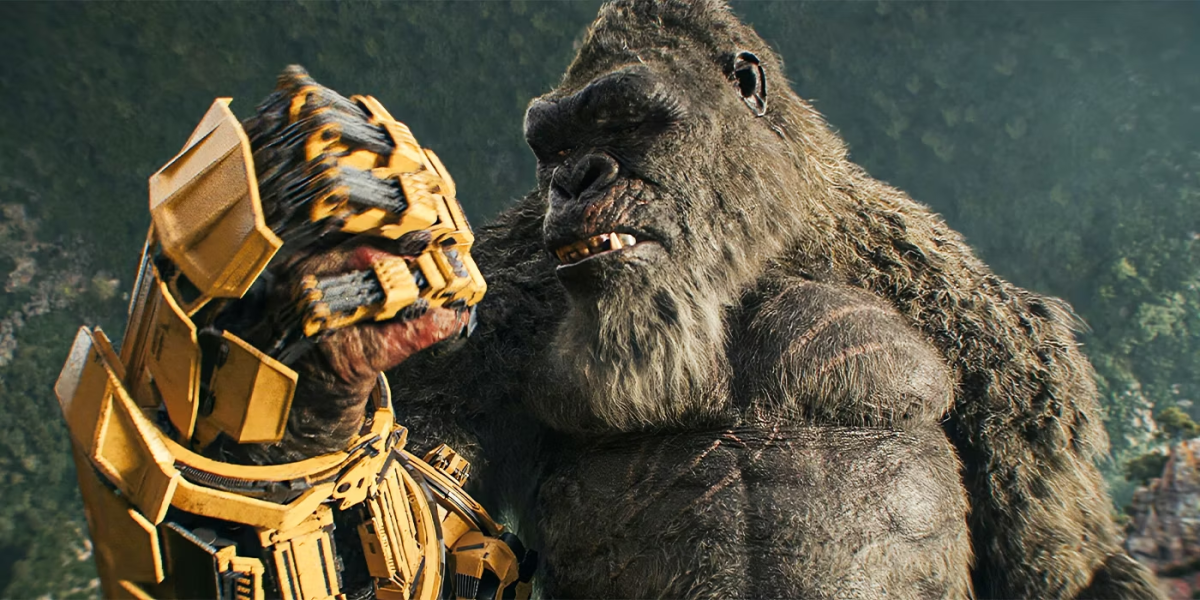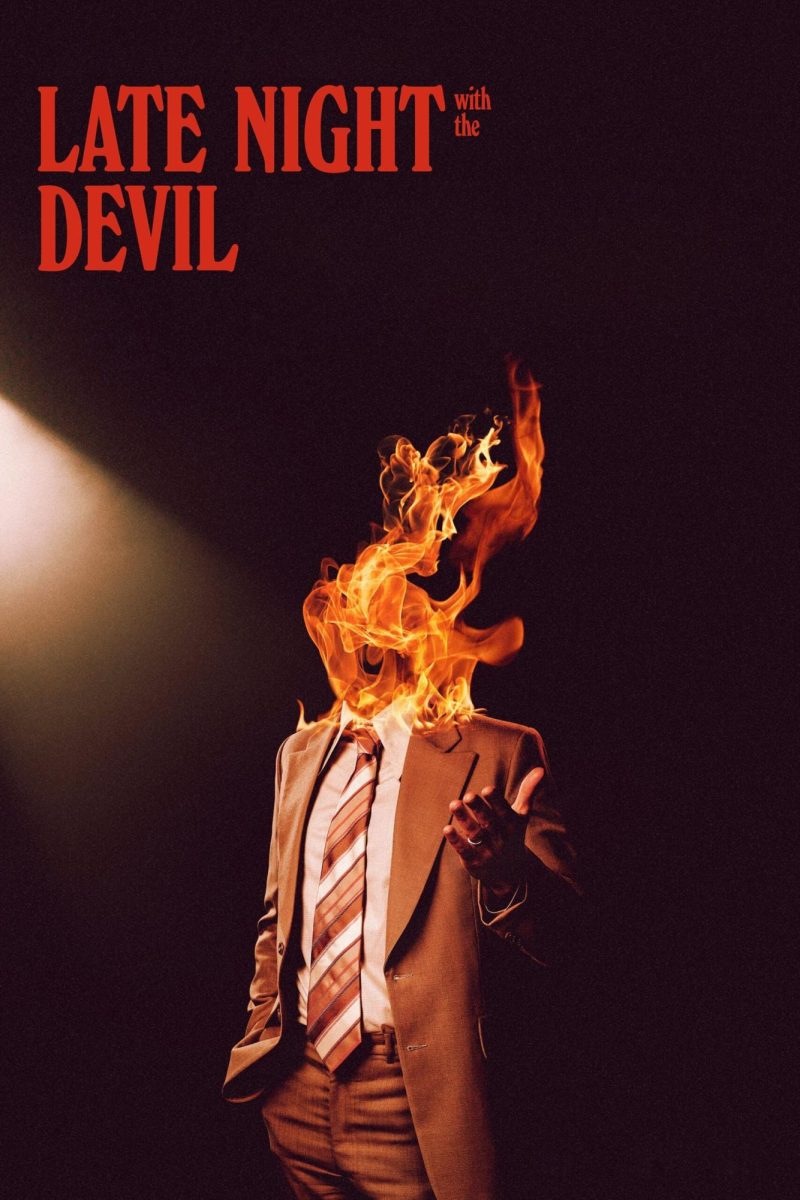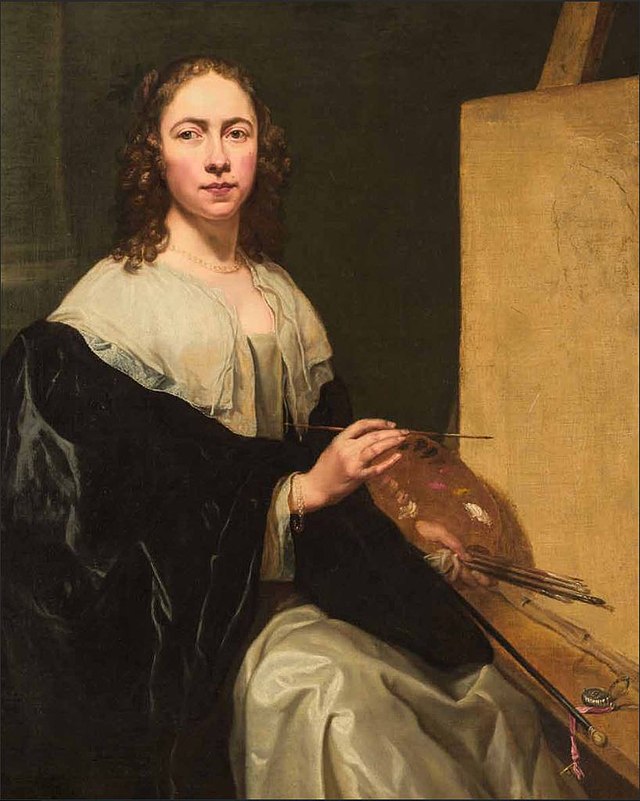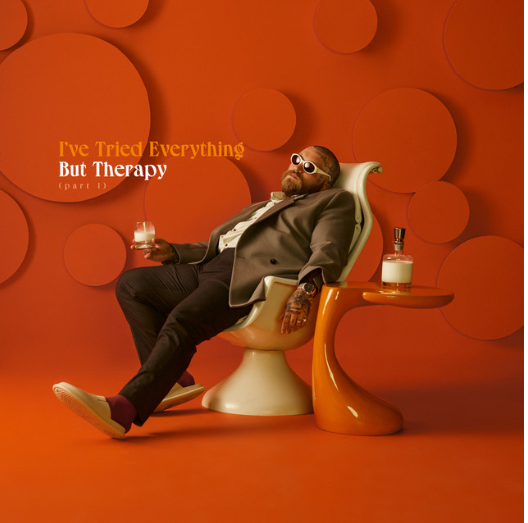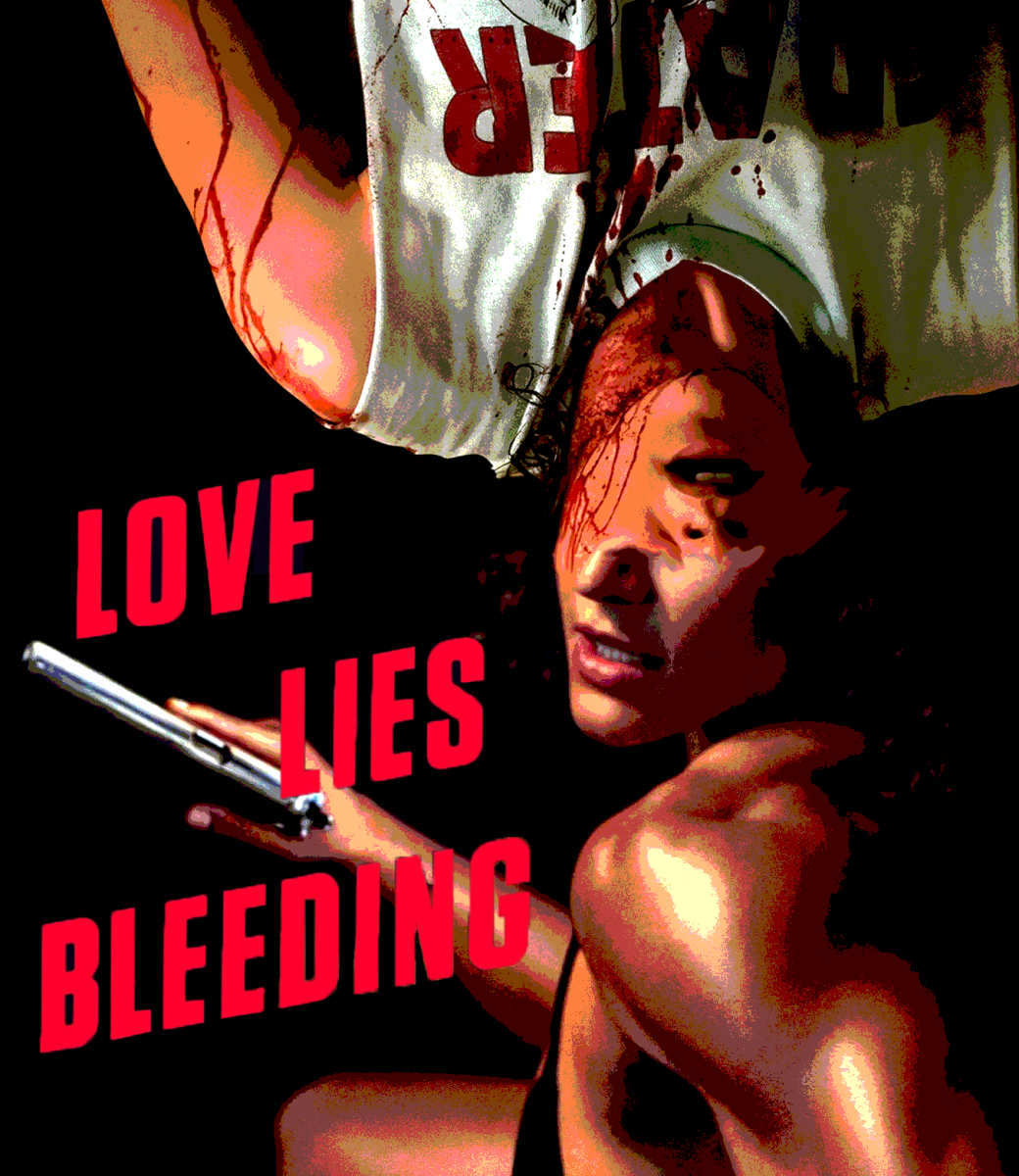Now that Valentines Day is but a distant memory and a half-eaten box of chocolate covered cherries sitting in the refrigerator, you might find yourself craving a little romance. Luckily for us all, there’s a filmmaker out there who understands romance and whose films consistently capture the frenzy, the passion, the heartache and the dizzying collection of emotions that make up courtship and relationship drama.
In the films of Wong Kar Wai, or WKW as he is commonly known, love is exploited and explored to the fullest extent of its cinematic treasure trove of possibilities. His films are a blur of color and whimsical surrealism, each one dealing in some way with the intersection of characters cast adrift by longing and isolation.
In, perhaps, his best film, 1998’s Happy Together, WKW transports his themes of heartbreak and the addictive nature of love to Argentina, telling the story of two Chinese men, one played by frequent star Tony Leung, isolated from both each other in a deteriorating relationship and the unfamiliar country around them. Even when leaving the neon saturated surrealistic world of Hong Kong behind, WKW manages to inject the film with a feeling of overwhelming longing, with a sense that the one person you can’t handle is the one person you need the most.
Much of the credit for the success of these films must go to his collaboration with cinematographer Christopher Doyle.
Doyle, an Australian born visionary, is surprisingly and consistently in synch with and at home in these color saturated, melancholy vision of Chinese romantic lifestyles. The look and feel of WKW’s films are intimate and, at times, overwhelming. WKW wants the audience to feel for his characters, identify with the need to love and be loved, connect with every aspect of what it means to be in love.
In an interview given to Eye Weekly magazine in January of 1996, WKW expounded upon the ways his shooting technique attempt to mirror the whirlwind of emotional and mental fragility tied up in opening one’s self up so fully to another person.
“I’m fascinated by video,” he said. “The way it blurs and flattens real life, the way it never looks like you thought it would when you play it back. And, so, my films, which always deal with memory, start taking on the quality of video-a form of physicalized memory that can be experienced again and again, or recorded over, or screened until it literally falls apart, until it pixilates right in front of you.”
The process of shooting a WKW film is, much like a romance itself, full of unexpected shifts and reevaluations.
He is notorious for writing his films on set as he goes, and his film 2046, released in the U.S. in 2005, was changed dramatically in the editing room, cutting out a large portion of actress Maggie Cheung’s performance and shifting the sequence of events.
Wong Kar Wai’s genius has created a slew of beautifully realized masterpieces, snap shots of what it means to have loved and lost and loved anew. If you haven’t had the pleasure of immersing yourself in this visionary’s magical and dreamy vision of romantic longing, pull those cherries out of the fridge, pop in one of his films and just let WKW’s imaginative world wash over.
24 Frames Per Second is a bimonthly column written by arts editor Will Holston, a junior in the College of Arts and Sciences, on the art of film.


